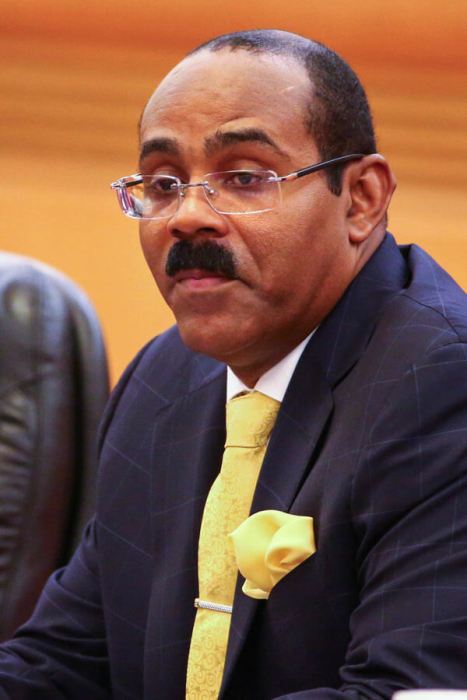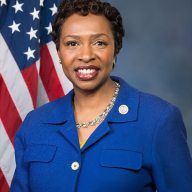There are currently about 5,500 commercial banks and savings institutions in the U.S., down from roughly 8,300 a decade ago. Over this same period, the banking industry has evolved significantly due to technological innovation. Today, we are able to easily pay our bills, send money to friends and family, apply for a loan, or even open a checking account. This can all be done from a smart phone, 24 hours a day, seven days a week. While these conveniences are great, we shouldn’t lose sight of the fact that banking is about more than simply serving individual money management needs. At its core, banking, especially community banking, is about lending and helping to build new economic opportunities within communities.
As the president and CEO of Carver Federal Savings Bank — the largest Black-managed and publicly traded Minority Depository Institution in the U.S. — I have seen firsthand how the power of mobile and online banking has helped to reduce costs and increase access for both individual and small business customers in New York City. These technological advances have helped many lower-income families achieve greater financial independence, ending their reliance on more expensive check cashing services and payday lenders. By establishing a relationship with a traditional bank, even if the relationship is primarily driven through online transactions, these individuals are becoming smarter with their money, building a credit history, and are better positioned to pass economic security and wealth to the next generation.
This is particularly true in minority and new immigrant communities here in New York City, where many individuals historically have had limited to no experience with a traditional bank. In many instances people in our community simply followed in the footsteps of their parents or grandparents who were low- to moderate-income people and rarely or never opened a bank account.
This is why financial inclusion and financial education are vitally important to economic empowerment, and why our industry is continuing to work toward expanding banking access for working-class people, including Minority and Women Business Entrepreneurs (“MWBEs”). By providing much-needed loan capital to MWBEs, community banks are making neighborhoods in New York City economically stronger.
Carver Federal Savings Bank has been serving our local communities since 1948, when we first opened our doors in Harlem. We recently celebrated the grand re-opening of our newly renovated Crown Heights branch in Brooklyn. Our branches provide a critical financial resource to our communities. We do far more than just serve the individuals who walk through our doors. Carver reinvests 83 cents of each deposit dollar back into our neighborhoods through competitively priced individual and small business loans. And in addition to our lending programs, we have provided financial education to more than 15,000 people and access to more than $23 million in capital to MWBEs.
We are proud to have been consistently awarded an “Outstanding” rating for community reinvestment by the U.S. Office of the Comptroller of the Currency during the past several years based on the geographic distribution of our loan portfolio. While other commercial banks and credit unions make loans and offer some of the same services, many do not share Carver’s mission or the same degree of focus on building economic opportunities within local neighborhoods. Unfortunately, most people do not realize that their decision on where to bank can have a material impact on your local community.
So the next time you get a flyer in the mail from a major commercial bank offering you $200 to move your account over to them, ask yourself:
Is this bank lending in your neighborhood?
How committed are they to the success of your local community?
What is their CRA rating? Is it outstanding?
Does the staff understand the banking needs of the local store on the corner of your block?
Is providing financial education for the local community a significant part of this commercial bank’s mission?
There are many fine community banks across the five boroughs of New York City that are committed to your success and the success of your neighborhood. Please consider doing business with these financial institutions and put your deposit dollars to work in your local community.


















